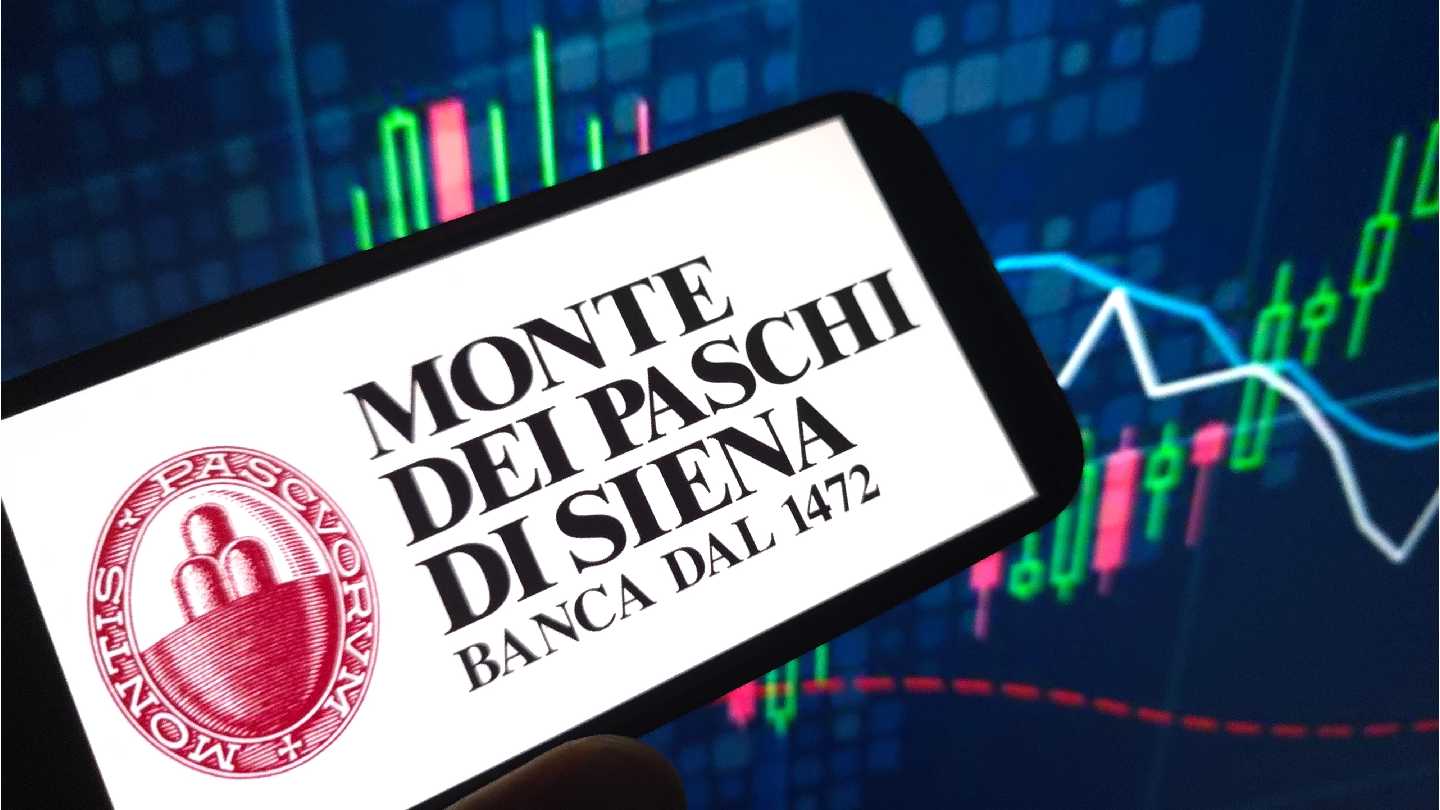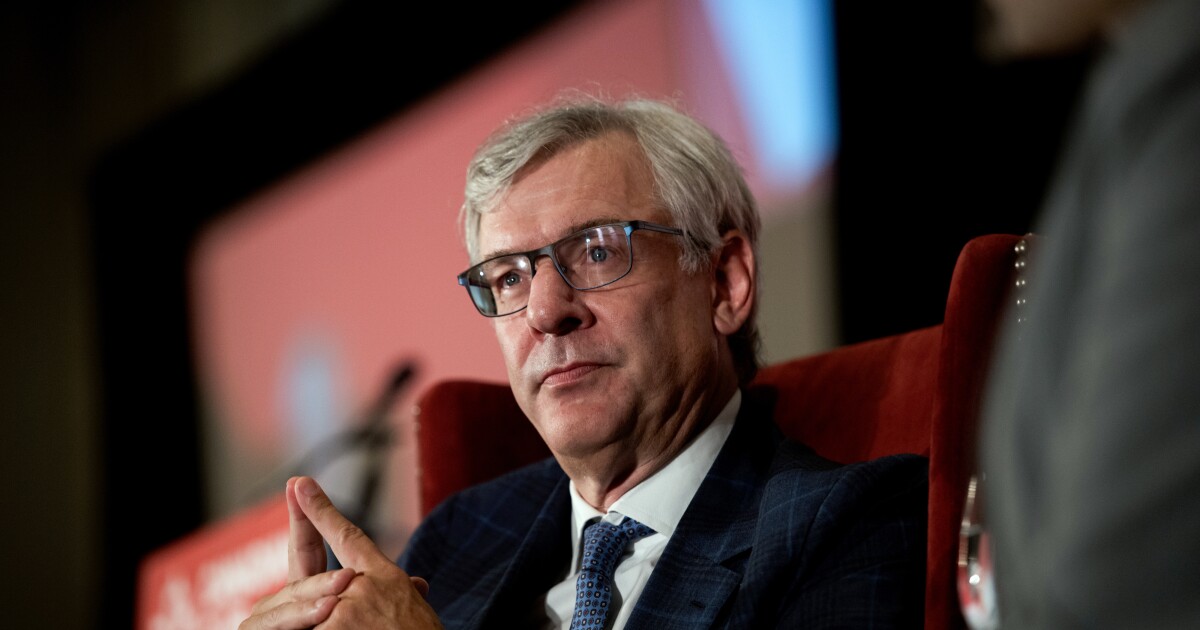Barclays: A Successful Strategic Transformation?
Barclays, a multinational investment bank and financial services company, has undergone a significant strategic transformation under the leadership of its chief, CS Venkatakrishnan. This change has resulted in a shift in the dialogue surrounding the bank’s investment arm and demonstrated promising results. Despite this, the bank continues to face skepticism from investors. This skepticism is reflected in Barclays’ stock trading at 1.1 times its tangible book value, lower than its UK rivals’ average of 1.5 times and significantly lower than its US counterparts.
The bank’s strategic shift has involved maintaining its investment banking assets while simultaneously investing in its UK businesses. This approach appears to be yielding positive results, with Barclays’ share prices increasing by over 150% since the announcement of its strategy. This performance surpasses its UK competitors: HSBC, Lloyds, and NatWest.
Challenges Remain Amid Success
However, a deeper look reveals that investors remain unsure about Barclays’ unique model. If the bank’s UK-focused businesses were valued on a standalone basis at a multiple similar to its rivals, they would be worth approximately £28bn. This value equates to just over half of its market value as of Tuesday, leaving its investment bank and US consumer business with a combined value of £25bn. This figure implies a price-to-tangible book ratio of 0.7.
While this is a significant improvement from the ratio of 0.35 at the announcement of the strategy, it falls short when compared to Goldman Sachs, a leading US investment bank.
Understanding the Discount
A possible explanation for the discount could be the banking equivalent of a conglomerate discount, suggesting that executives may struggle to be experts in UK mortgages and US equity derivatives simultaneously. Additionally, performance issues factor into the discount. Simply put, Barclays’ investment bank should not be valued like Goldman Sachs because it is not Goldman Sachs.
Despite Barclays’ best efforts, to many Americans, the bank is still primarily associated with the Barclays Center, a major sports and entertainment venue in Brooklyn, New York. Furthermore, Barclays recently reported that it had missed out on several major mergers and equity capital market deals that had boosted results at its rivals.
Undervaluation or Justifiable Discount?
Despite these challenges, there is a point at which a reasonable discount may indicate undervaluation. Recent results have indicated that every unit of Barclays, including the investment bank, has made a double-digit return on tangible equity.
Additionally, an increase in full-year forecasts and optimism about the broader outlook has resulted in a nearly 5% rise in shares. However, this only brings the shares to the level they were at a week ago. Investors should be able to achieve further wins on the board.
This article draws from insights provided by Roula Khalaf, Editor of the Financial Times. For more information, refer to the original article Here.






